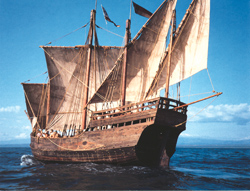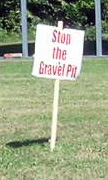Illinois American Water has petitioned the Illinois Commerce Commission to raise their rates in Peoria and Pekin by 20 and 26.7 percent, respectively.
Water company officials say the increases are necessary to cover rising operating costs and infrastructure improvements….
And now, let’s compare this with what Illinois American Water said two years ago according to an April 4, 2005, Journal Star article:
The current business plan of Illinois American Water does not call for a general rate case before 2009, and that means customers will not see the impact of a general rate increase before 2010. Barring an extraordinary event like Sept. 11, the average residential bill will still be $34.74 [average bill in 2005] in 2010.
It is also important to note that the U.S. Environmental Protection Agency estimates that municipal water systems need to spend $18 billion in order to bring their existing systems up to government standards for water quality. Peorians don’t have this problem because the necessary and timely investments have been made in their water system by Illinois American Water.
So, in 2005, everything was hunky-dory: no rate increases until 2009/2010, infrastructure all up to date. That was when the city was on the brink of buying out the water company. Now, just two years later, and without “an extraordinary event like Sept. 11,” they’re back to the ICC again asking for a 20% rate increase to cover operating expenses and infrastructure improvements. What changed? Why did they have to accelerate their business plan by two years and ask for such a massive increase all of a sudden?
For a company that doesn’t want the city to buy back its water works, they couldn’t have picked a worse time to ask for a rate increase. If it goes through, it will likely take effect next year, just in time for the city to consider buying them out again. Only public pressure has stopped the buyout before; if the public feels like Illinois American Water is screwing them, nothing will get in the way of the city buying them out.

 It’s exciting to see Peoria utilizing its riverfront by bringing in floating museums. First they brought in the
It’s exciting to see Peoria utilizing its riverfront by bringing in floating museums. First they brought in the  I was taking a Sunday drive with my family up along the river yesterday, and we drove up Route 26 (we took it to the bridge in Lacon and came back down Route 29 on the west side of the river). All along Route 26 from Route 116 to Spring Bay were signs saying “Stop the Gravel Pit.”
I was taking a Sunday drive with my family up along the river yesterday, and we drove up Route 26 (we took it to the bridge in Lacon and came back down Route 29 on the west side of the river). All along Route 26 from Route 116 to Spring Bay were signs saying “Stop the Gravel Pit.”